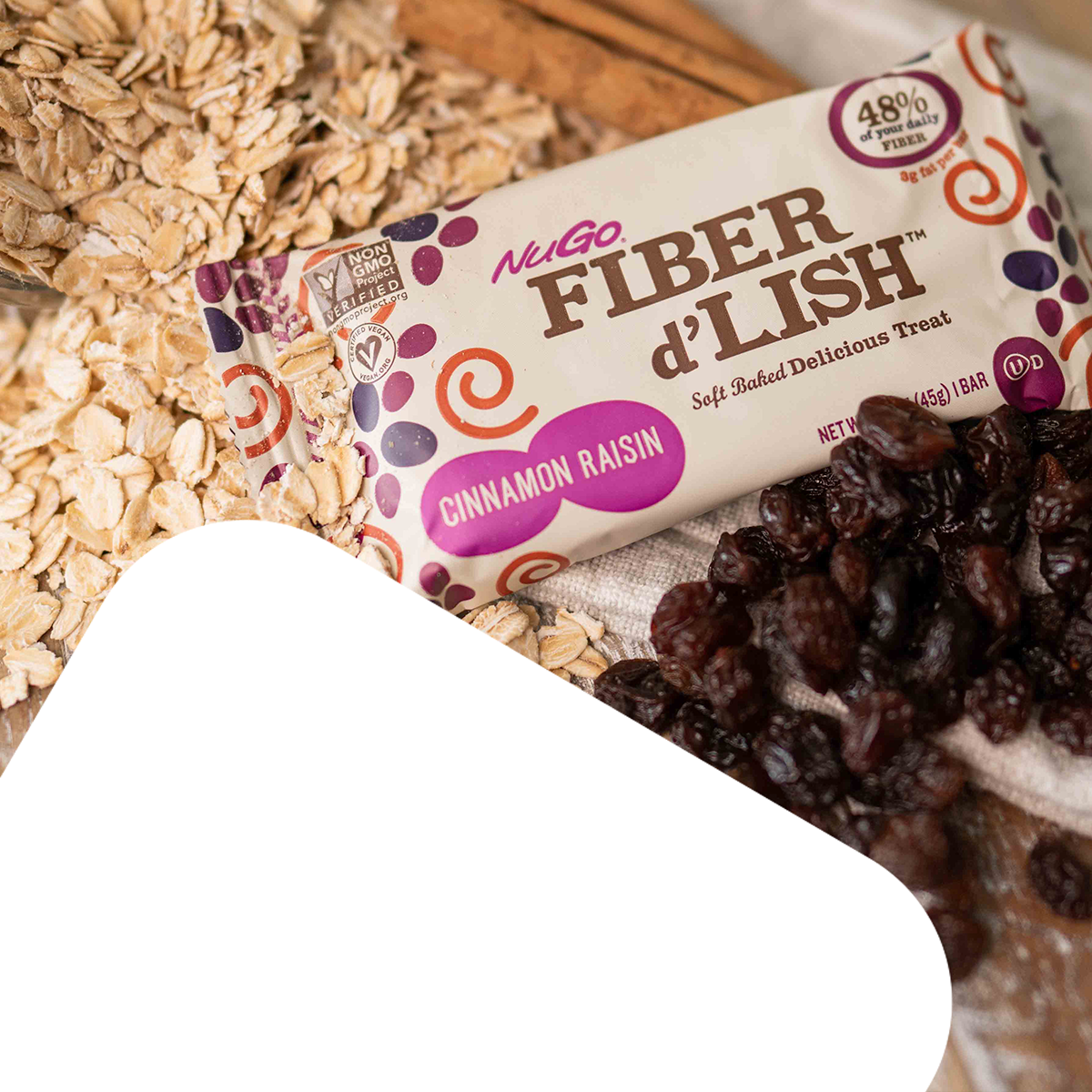Do you ever feel like you’re spending way too much on groceries? When you’re on a budget and shopping for a family, it can feel nearly impossible to stock up on healthy foods. Fear not: With a game plan and some creativity, it’s totally doable and might be more affordable than you think. Here are 10 smart money-saving tips that prove eating cheap doesn’t equate to pre-packaged ramen noodles and PB & J sandwiches.
- Plan ahead and write it out: You can do it the old fashioned way with pen and paper or use your smartphone, but no matter how you do it, writing out a grocery list is one best ways to stick with a food budget. Plan meals for the week and then write a grocery list that includes only those ingredients and stick to it! Not only will planning help your family eat healthier and save money, it can also reduce food waste and stress.
- Check inventory in your fridge and pantry: Before you create your grocery list and start planning meals, do a quick inventory to see what you may already have on hand. It’s easy to forget that you have that can of beans or box of pasta.
- Stock up on beans and whole grains: Beans and whole grains such as quinoa and brown rice are inexpensive and easy to create meals with. Think vegetarian bean chili over brown rice or quinoa salad with black beans. With these ingredients, the possibilities are endless and bonus-this dynamic combo provides a good source of high-quality protein, comparable to animal proteins.
- Buy frozen fruits & veggies: Fresh fruits and vegetables have a reputation for being more expensive than their frozen counterparts, especially when they’re out of season. But did you know that frozen produce is just as nutritious as fresh? According to a study published in the Journal of Agricultural and Food Chemistry, frozen fruits and vegetables such as spinach and green beans, are nutritionally comparable to fresh with the vitamin content occasionally being even higher. If you still prefer to stick with fresh, buy it in season and freeze it.
- Use in-season produce: You’ll find the best prices on fruits and vegetables during harvest season. Stay in the know by visiting Fruits and Veggies More Matters to see in-season produce.
- Eat more vegetarian meals: One recent study published in the Journal of Hunger and Environmental Nutrition found that a plant-based diet that includes plenty of fruits and vegetables could actually help you save $750 annually when compared to regular protein-centric nutritional guidelines.
- Eat at home: Eating out has its place and at times is unavoidable, but anything you can prepare at home instead of buying will save you money. When you plan meals for the week, be sure to prepare recipes that can yield lots of leftovers like casseroles and soups and always keep staple items on hand that you can easily use to whip up a meal such as eggs and whole grain bread. Make egg or tofu scramble your go-to family dinner (besides, who doesn’t love breakfast for dinner?!)
- Repurpose leftovers: Tossing out leftovers is really like throwing money away. Sure, we all do it, but if you’re on a tight budget it’s time to get creative and find ways to make new meals with them. For example, make a crockpot chicken paired with veggies one night and use the leftovers to make chicken wraps, chicken salad or chicken, cheese and veggie quesadillas. Use leftover salmon to make salmon burgers or leftover tofu to make a vegetarian fried rice.
- Don’t be duped by labels: We often confuse “healthy” with labels that increase cost such as organic and gluten free. Not everything needs to be organic, so be sure to refer to the Environmental Working Group’s Shopper’s Guide to Pesticides, which identifies fruits and vegetables that have the highest and lowest pesticide residues. Unless you have a medical condition that requires a gluten-free diet, like celiac disease or gluten intolerance, know that there is no nutritional advantage to buying gluten-free products.
- Take advantage of sales: One great way to get the most bang for your buck is stocking up on sale items. If your local grocery store has a savings card, sign up for it and check the weekly circular to see what’s on sale. Then plan your meals around those sale items.
It’s time to stop believing the myth that you can’t afford a healthy diet and start putting these tips into action. Whether you’re trying to slay the debt monster or save for a house, keeping a family food budget (and sticking to it) is a good idea. Challenge yourself to create nutritious family meals without breaking the bank and you may surprise yourself.










Leave a comment
This site is protected by reCAPTCHA and the Google Privacy Policy and Terms of Service apply.